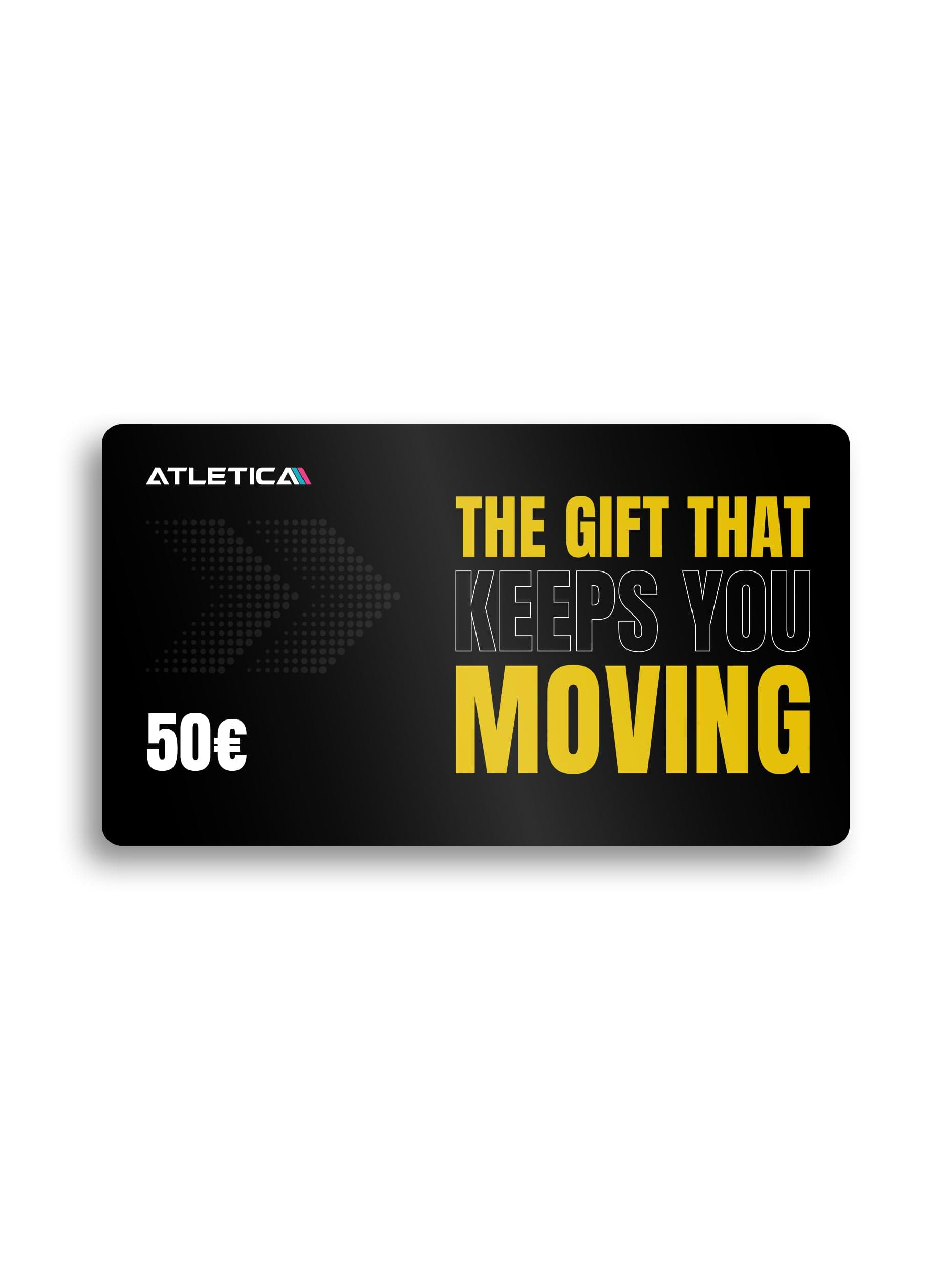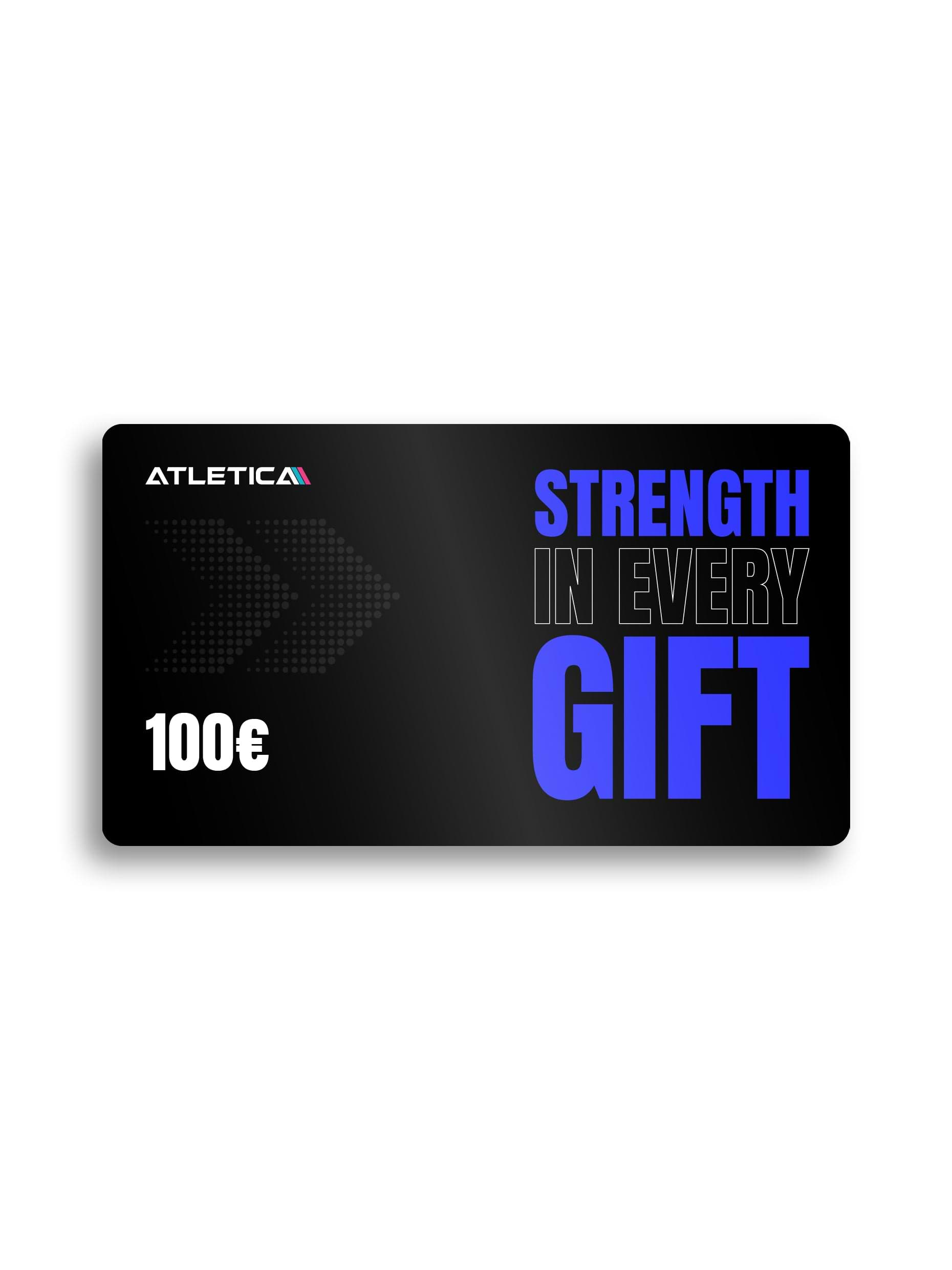If you want to train effectively and sustainably, you can't avoid a structured training plan. Whether you want to build muscle, lose weight, or improve your overall fitness, a full- body workout is the perfect foundation for beginners and advanced athletes alike. In this guide, you'll learn how to create a professional training plan, which exercises are a must, and how to optimally equip your home gym with Atletica equipment.

1. Why a training plan is so important
A clearly structured training plan helps you:
- Making progress measurable
- To avoid overtraining
- Keeping motivation high
- to work muscle groups evenly
- Regeneration times must be observed
Without a plan, many people train ineffectively or focus on the wrong things. A full- body plan ensures that you cover all major muscle groups and your body stays balanced. A plan is a motivating companion, especially for fitness beginners—instead of just doing "something," you pursue a goal systematically.
An additional benefit: You'll identify weak points more quickly. If you're making slower progress on certain exercises, you can make targeted adjustments – be it in technique, weight, or recovery.
2. The basics of a full- body training plan
An effective full-body workout consists of exercises for the following main muscle groups:
- Legs (quadriceps, hamstrings, calves)
- Buttocks (Gluteus maximus)
- Back (latissimus, trapezius, back extensors)
- Chest (pectoralis major)
- Shoulders (deltoid muscle)
- Arms (biceps, triceps)
- Core (abdomen, obliques, lower back)
A balanced plan trains 6–8 of these muscle groups per session. Ideally, 2–3 sessions per week, each lasting 45–60 minutes, are recommended.
Not every training session has to be the same. You can focus on specific areas while still ensuring that the entire body is regularly addressed.
3. Warm-up: The perfect start
Before you begin, a warm-up is essential. 5–10 minutes is enough to prepare your cardiovascular system and muscles:
Examples:
- 5 min rowing on the Atletica rowing machine
- Jumping jacks or jumping jacks
- Skipping rope with the speed rope
- Mobility exercises for shoulder, hip and ankle
- Light stretching of the leg and back muscles

A good warm-up reduces the risk of injury and improves your performance in the subsequent workout. Functional movements like squats and lunges, in particular, benefit from prepared joints and muscles.
4. The optimal training plan: Example for 3 days/week
Day 1: Focus on legs & core
- Squats (bodyweight or barbell)
- Lunges with dumbbells by Atletica
- Glute Bridge with resistance band
- Calf raises on the plyo box
- Plank (hold for 1 minute, 3 sets)
- Russian Twists with Medicine Ball
Day 2: Focus on Upper Body & Core
- Push-ups (standard or on knees)
- Rowing with dumbbells
- Seated shoulder presses
- Biceps curls with resistance band
- Triceps dips on the bench
- Leg raises on the exercise mat
Day 3: Full Body HIIT
- Burpees (30 seconds work, 30 seconds rest)
- Kettlebell Swings
- Mountain Climbers
- Jump Squats
- Bicycle Crunches
- Rope skipping with speed rope
Each session should consist of 4–6 exercises performed in 2–4 rounds. The number of repetitions per exercise should be 10–15. Time is key for HIIT elements.
Note : Take at least one day's rest between training days to ensure optimal regeneration.

5. Which Atletica equipment is suitable for your workout?
A good training plan doesn’t need a lot of equipment – but the right one:
- Dumbbells & barbells : Suitable for almost every muscle group
- Resistance bands : Versatile, ideal for core & mobility
- Rowing machine & indoor bike : Perfect for warm-up & cardio training
- Kettlebells : For functional strength and swing exercises
- Gymnastics mat : For all floor exercises and stretching
- Medicine ball : For core and explosive power
- Fascia roll : To support regeneration after training
You'll find these high-quality, studio-standard machines at Atletica. They can be easily accommodated even in small home gyms.
6. Progression and Variation
To make lasting progress, you should:
- Increase the weight slowly
- Increase repetitions or sets
- Exercises vary (e.g. B. instead of classic squats: Bulgarian split squats)
- Incorporate super sets or HIIT elements
- Combine training types: e.g. E.g. static + dynamic, isometric + explosive
The more varied your plan, the more motivated you will remain – and your body will continually adapt to new stimuli.
Also : Document your training sessions. A small training diary will help you track your progress and stay motivated.

7. Regeneration & Stretching
After each session, you should take time to cool down and stretch:
- 5–10 minutes of gentle jogging or rowing
- Stretching exercises for all stressed muscle groups
- Use fascia roller for regeneration
- Breathing exercises for relaxation
Regeneration is essential, especially during intense training. It not only supports muscle building but also reduces the risk of injury.
Additionally, you can integrate sleep, nutrition, and stress management into your training strategy—because holistic fitness begins far beyond training.
8. Tips for your long-term training goal
- Set yourself clear goals: build muscle, lose weight, improve performance?
- Track your progress : photos, measurements, training diary
- Train with music: Studies show higher motivation
- Find a training time that fits into your daily routine
- Integrate exercise into your daily routine : stairs instead of elevator, short workouts in between

Conclusion: Creating a training plan is worthwhile
With a targeted training plan, you'll get more out of your workout. Whether you're looking to build muscle, burn fat, or simply boost your energy – a full- body plan with the right exercises and equipment from Atletica is guaranteed to help you progress. Start now and systematically achieve your goals!
A well-thought-out training plan saves time, increases the efficiency of your workout, and makes progress visible. Whether at home with minimal equipment or in a fully equipped home gym: with structure, variety, and motivation, nothing stands in the way of your fitness success.




































































































